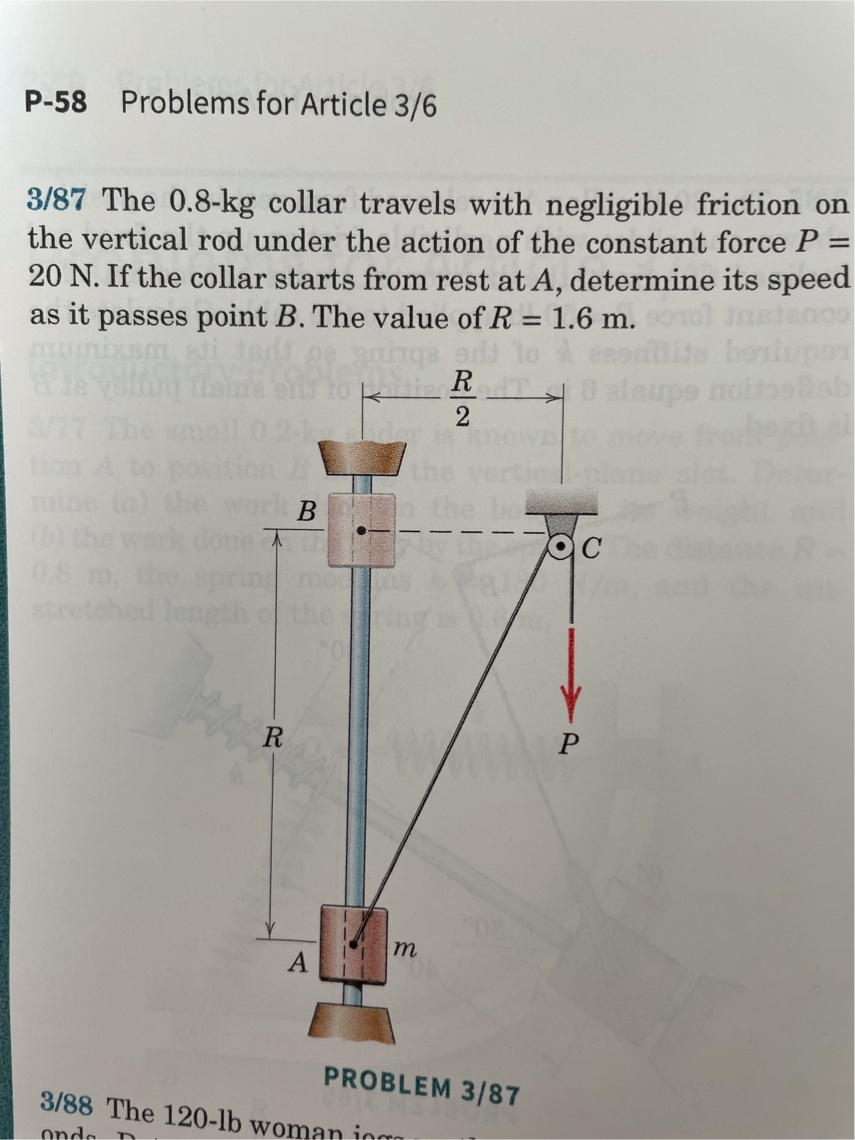Consider the following diagram:
The force $\mathbf{F} = 1 \textrm{ N} \hat{\imath}$ is being applied all time as the ball goes from A to B (assume positive $x$ to the right.) Now, there are a few equivalent definitions for 'conservative force', e.g. a force whose work is $0$ for any closed path. Let me use this definition.
It is clear that if the ball went from $A$ to $B$ and then back from $B$ to $A$, the work done by $\mathbf{F}$ is 0. Of course this is only one possible closed path. We could also think of a triangular path $ABC$ with $\mathbf{r}_C = 0.5(\mathbf{r}_A + \mathbf{r}_B) + 1 \textrm{m } \hat{\jmath}$, and the same reasoning will apply, provided that $\mathbf{F}$ stays the same all along this path.
Essentially I am saying that if $\mathbf{F}$ is a constant field, then it is conservative, no big deal. This could be a Coulomb field $\mathbf{E}$ by two infinite charged planes and the ball a charge between them.
The thing is, if $\mathbf{F}$ is actually a pulling force (by someone's hand) on a ball, then we always say this is a non-conservative force, but why? What is the difference between $\mathbf{F}$ and $\mathbf{E}$ with respect to the definition I have used, that makes one conservative and the other non-conservative?



